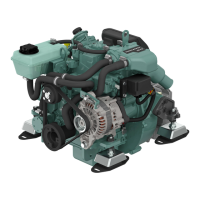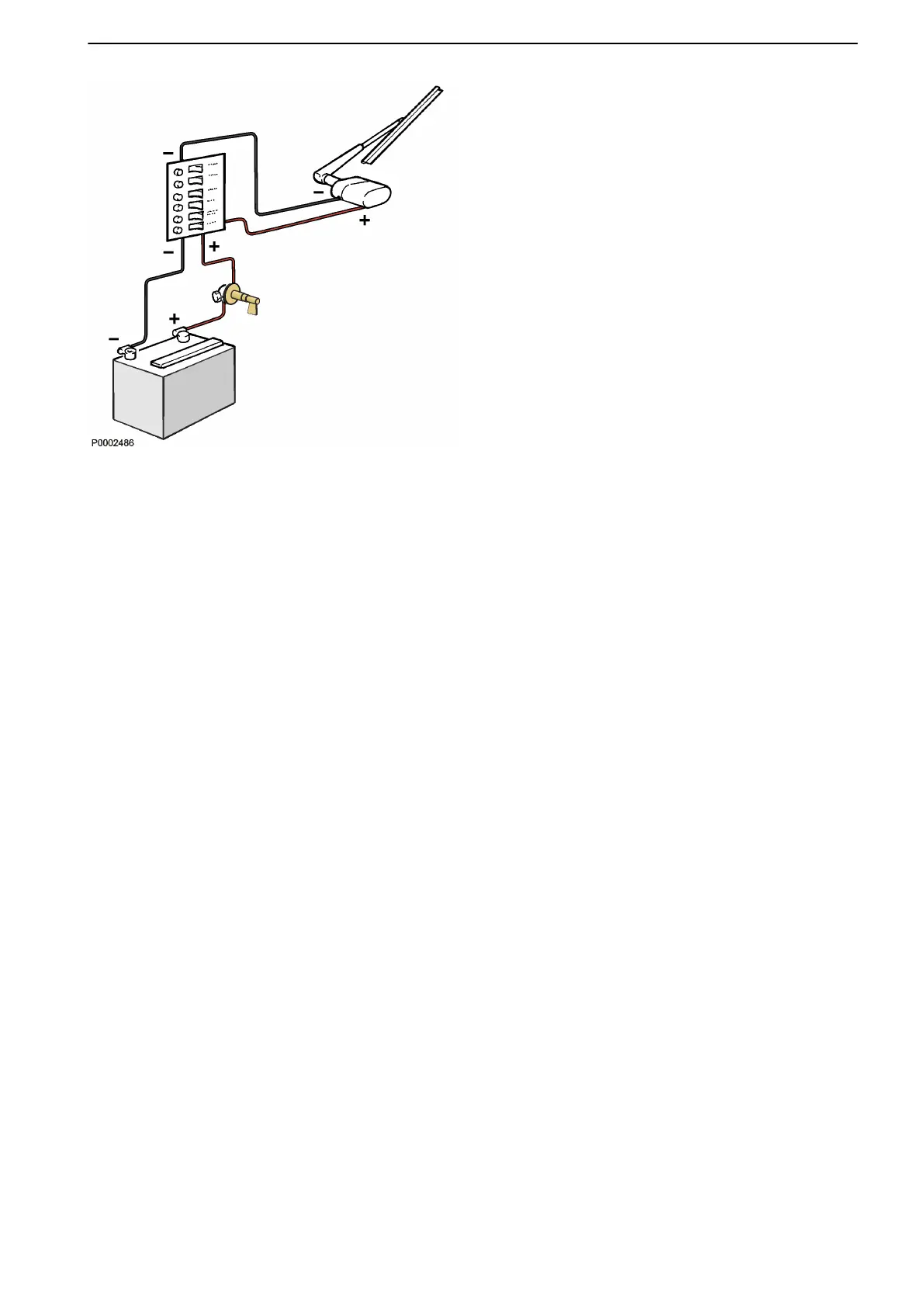
 Loading...
Loading...
Do you have a question about the Volvo Penta D1 Series and is the answer not in the manual?
| Aspiration | Naturally aspirated |
|---|---|
| Engine Type | Diesel |
| Cooling System | Freshwater cooling (heat exchanger) |
| Engine Model | D1-30, D1-40 |
| Emission Compliance | RCD II |
| Number of Cylinders | 3 |
Perform engine checks and use appropriate personal safety equipment.
Follow guidelines for fire safety, eye protection, and skin protection.
Ensure engine readiness and proper ventilation before starting.
Install lanyard switch and avoid risky maneuvers to prevent accidents.
Remember essential safety equipment and tools before embarking on a boat trip.
Details the purpose and scope of the Operator's Manual.
Information regarding the limited warranty for your Volvo Penta marine engine.
Instructions for running in the engine during the first 10 hours of operation.
Details the ignition lock and control panel for starting and stopping the engine.
Explanation of various gauges and operating information symbols.
Information on the EVC system display, screens, and contrast settings.
Essential checks to perform before starting the engine.
Steps for activating the control panel and starting the engine.
Monitoring gauges and responding to engine alarms.
Proper procedures for shifting between ahead and astern.
Procedure for stopping the engine using the stop button.
Tasks to perform after the engine has been shut down.
Guide to identifying and troubleshooting common engine malfunctions.
Diagnosing and addressing issues related to coolant, oil pressure, and battery charging.
Procedure for safely starting the engine with auxiliary batteries.
Details the recommended service intervals for engine maintenance.
Perform regular visual checks of the engine and engine bay for abnormalities.
Instructions for checking, adjusting, and replacing the drive belt.
Guidance on checking oil levels, topping up, and oil change intervals.
Procedures for replacing fuel filters and bleeding the fuel system.
Steps for preserving the engine and boat during storage, in or out of water.
Procedures for preparing the boat and engine after storage.
Technical details regarding engine models, power, and dimensions.
Information on oil capacity, viscosity, and oil grades.
Specifications for fuel quality and restrictions for diesel engines.